Nature reports
Publisher: Dutch Caribbean Nature Alliance (DCNA)
Page 8 of 20 - 193 Results
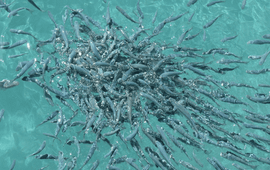
Many divers have promoted feeding the lionfish to eels and sharks in the Dutch Caribbean as a way to entice these species to start hunting for these invasive fish independently. Unfortunately, training these predatory fish to..
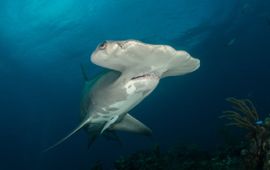
Hammerhead sharks play an important role in maintaining healthy oceans, which is important for the fisheries and the economy of the Caribbean islands. Later this year, the Dutch and French governments will officially propose that..
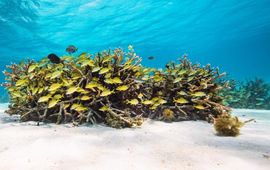
Recently, 'Turning the Tide' started, a large nature restoration project for the mangrove forests and coral reefs in Aruba. It is a collaboration between Wageningen University & Research and the Aruban partners NGO Fundacion Parke..
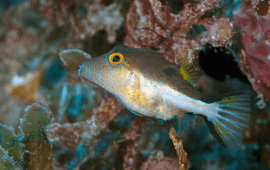
Over the past few weeks, Bonaire and Curacao have witnessed a large number of sharp-nose puffers washing ashore. Interestingly, this die off seems to mirror a 2017 event of the same species near Costa Rica. This die off is not..
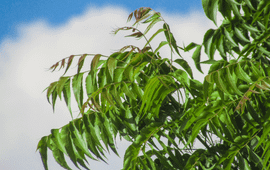
The neem tree is an invasive species that was introduced to the Caribbean in the early 1900s. Originally from India, this tree was brought over for its medicinal, pesticidal and ornamental properties. Locals soon realized this..
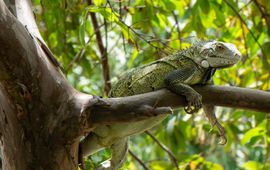
The status of a single species in the Dutch Caribbean can vary significantly among the islands. For example, the Green Iguana, which is native to some islands, is regarded as invasive in others. The presence of non-native iguanas..
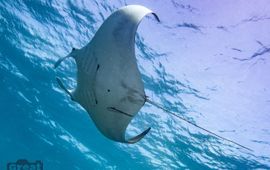
Manta rays are highly charismatic creatures that inhabit the waters of the Dutch Caribbean. In addition to being a highly prized find for divers and snorkelers, they are also important for healthy oceans as they can help control..
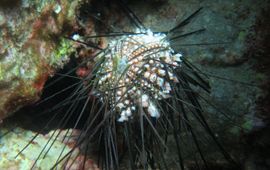
Long-spined sea urchins help maintain healthy coral reefs by grazing on algae. In 2022, there was a die-off of long-spined sea urchins in the Caribbean. A team of researchers has recently uncovered that a ciliary animal – a..
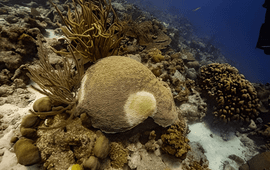
Stony Coral Tissue Loss Disease is a highly infectious coral disease that has spread rapidly throughout the Caribbean region in recent years. First reported in Florida in 2014, this disease affects more than 20 species of stony..
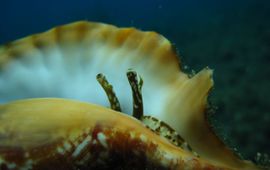
Queen conches are facing immense pressure leading to a dramatic decrease in their populations. Luckily, a new project, started at the Curaçao Sea Aquarium in 2020, will explore ways to reduce mortality rates and develop new..
